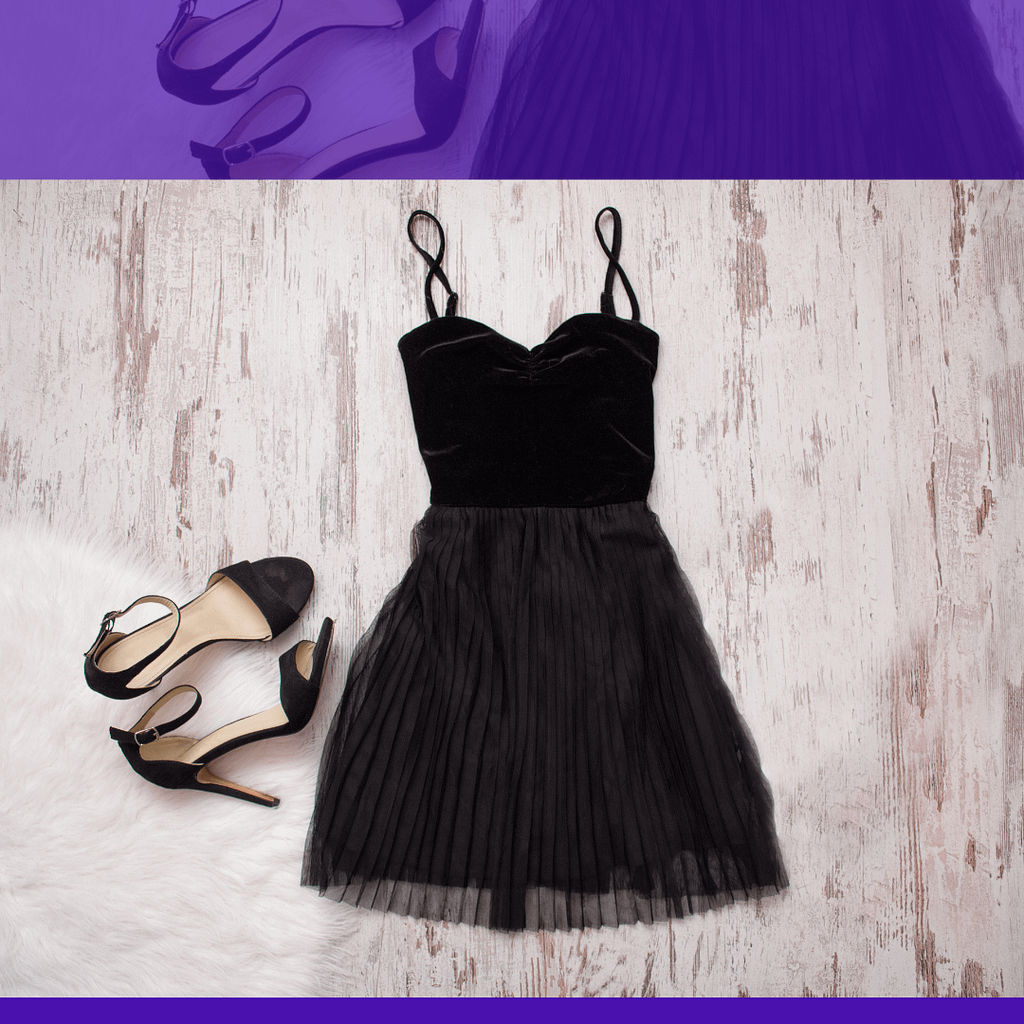
Why Minimalism Beats Complex Designs in Commercial Sales
In fashion, art, and product design, complex work often gets attention. But when it comes to actual sales, minimalism wins more often. It’s not just about simplicity for style’s sake. Minimalism works because it fits into people’s lives with ease. It’s easier to wear, easier to style, and easier to produce at scale. While complicated designs can look impressive in editorials, minimalistic pieces are the ones that make it into closets, homes, and daily use.
Minimalism Is Easier to Connect With
When a design is simple, customers understand it instantly. They can imagine themselves using it or wearing it without hesitation. Complex designs often require explanation or a specific context to work. Minimalistic pieces adapt to many styles, occasions, and personalities. They don’t fight for attention; they blend in while still feeling intentional. This flexibility makes them a safe and attractive choice for a wider audience.
Why Minimalism Feels More Timeless
Trends come and go, but minimalism rarely goes out of style. Clean lines, neutral colors, and balanced shapes hold their appeal for years. Customers see these designs as long-term investments. They work in different seasons, mix with other pieces, and survive fashion cycles. Complex designs often age quickly because they are tied to a specific moment or theme. Minimalism’s timeless nature gives buyers more value for their money, which boosts their willingness to purchase.
The Production Advantage of Minimalism
From a business perspective, minimalism is easier and more cost-effective to produce. Fewer details mean fewer production errors and faster manufacturing times. This efficiency allows brands to keep prices competitive while maintaining quality. Complex designs require more labor, materials, and precision, which increases costs. When those costs pass to the customer, the product becomes harder to sell in large volumes. Minimalism keeps the balance between good margins and affordable pricing.
The Emotional Comfort of Simplicity
Minimalism also taps into a psychological need. In a world overloaded with noise and options, simple design feels refreshing and calm. Customers choose minimalistic products because they offer mental space. Wearing or using something clean and unfussy allows people to focus on themselves rather than the item. This emotional comfort makes minimalism more appealing to a mass audience than bold, complex statements
